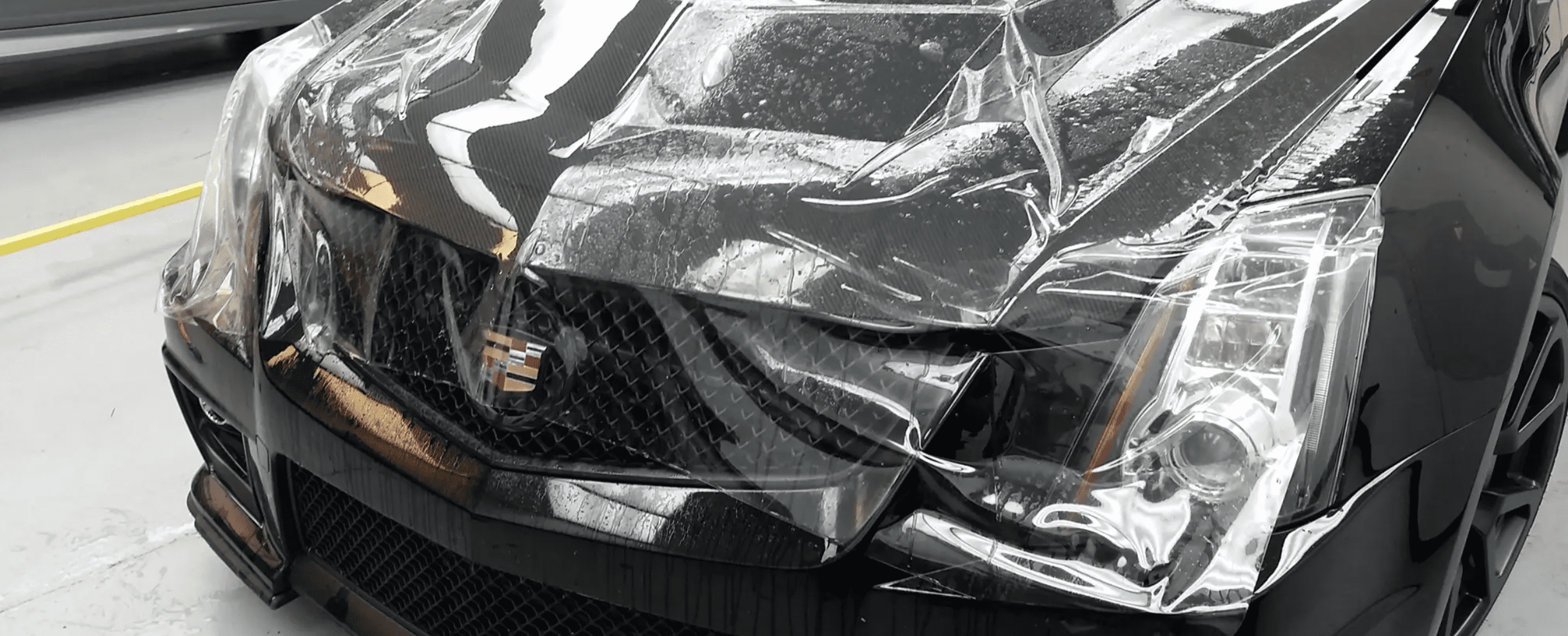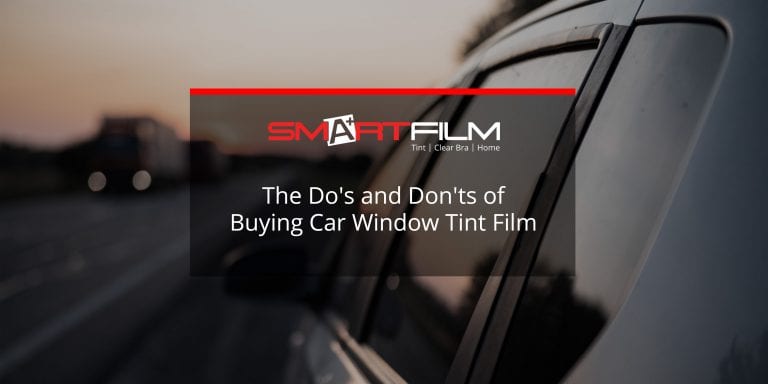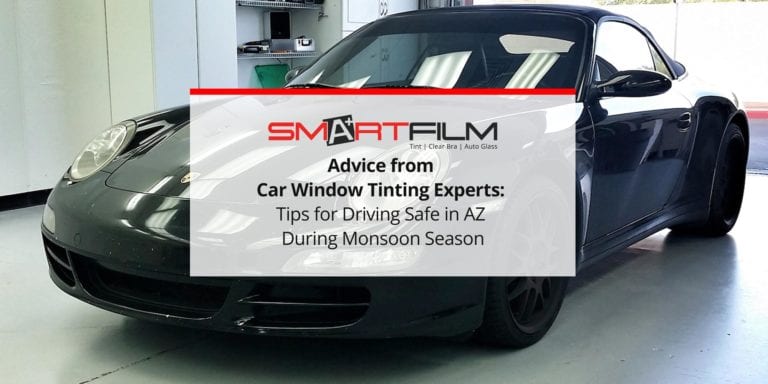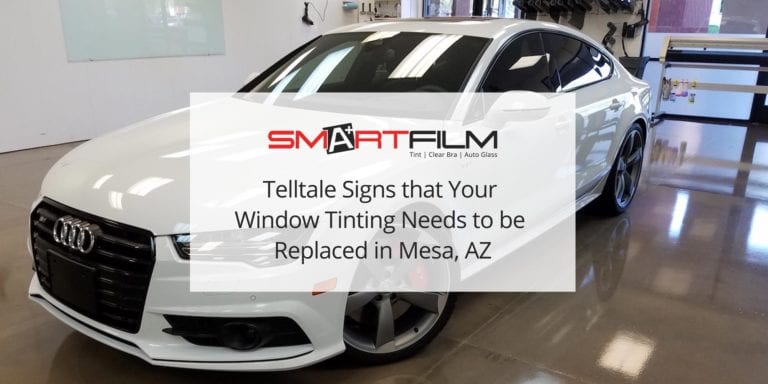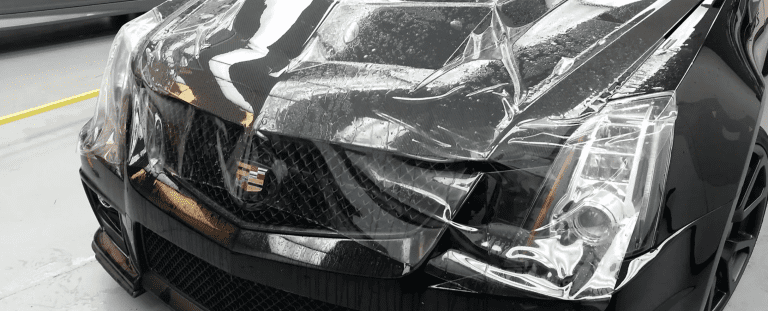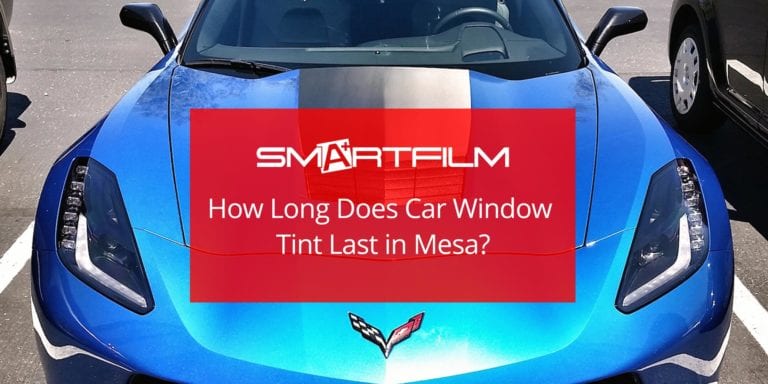Exploring Window Tint Auto Options: Find the Perfect Fit for Your Car!
When it comes to automobile window tint, many assume it’s solely for aesthetic appeal, designed to make a car look sleek and stylish. While it’s true that a tinted car window can enhance your vehicle’s appearance, the benefits of window tinting in Arizona (AZ) go far beyond mere looks. If you’ve ever considered car tint services, it’s time to explore the real value that quality auto tint in AZ can offer.
Car window tinting in AZ is not just about privacy or making a bold statement. The right automobile window tinting in AZ can significantly improve your driving experience by providing essential protection. Whether dealing with the sweltering summer heat or harsh UV rays, a well-chosen auto window tint in AZ can offer powerful benefits like total solar energy rejection, effective UV protection, and reduced glare. These features help maintain a cooler interior, protect your vehicle’s upholstery from fading, and shield your skin from harmful UV rays.
Selecting the ideal auto tint is more than just picking a shade. With various tint options and brands available, you can customize your tint to meet specific needs—be it enhanced infrared rejection to block out heat or a custom tint for a personalized look. Plus, with competitive window tinting AZ prices, you can find a solution that fits your budget.
Investing in automotive window tint isn’t just about looks; it’s about performance, protection, and comfort. Whether you’re protecting your car, truck, or SUV, a high-quality tint can dramatically improve your driving experience. Ready to upgrade your vehicle’s windows?
What is Window Tinting?
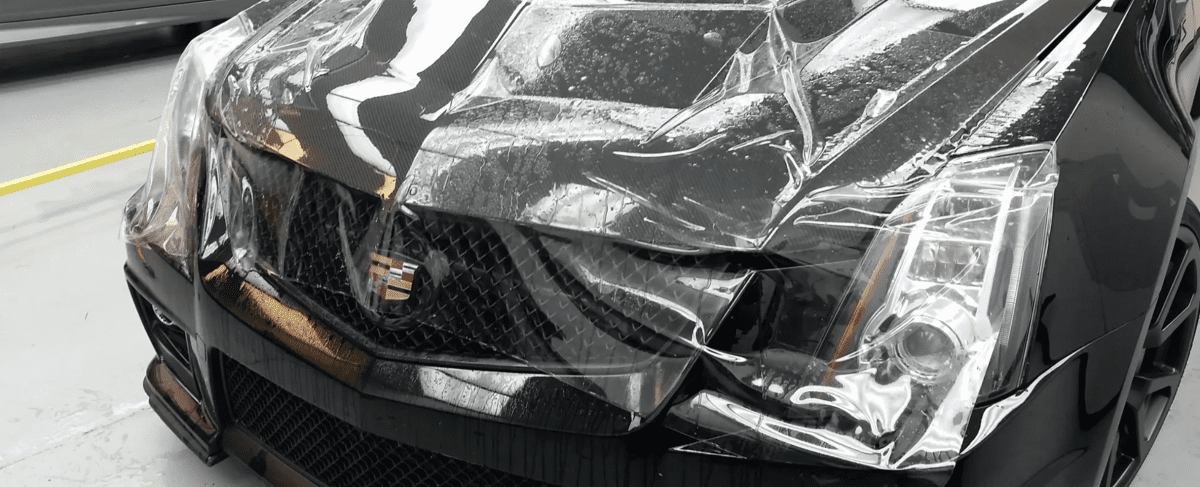
Automobile window tinting involves applying a specialized film to a car’s windows, offering more than a sleek, custom look. In Arizona window tinting is popular for enhancing style and functionality. With various tint options, drivers can enjoy benefits like total solar energy rejection, reduced glare, and superior UV protection.
Depending on the material and thickness, window tints can block harmful UV rays and reject infrared heat, keeping your vehicle cool and protecting its interior. Understanding the available automotive window tint types is crucial whether you’re seeking car tint for privacy, aesthetics, or heat reduction.
From metalized to non-reflective films, each offers unique advantages tailored to your needs. Explore our comprehensive guide to find the best auto tint in AZ, ensuring optimal performance, protection, and value. Contact us today to learn more about our competitive window tinting.
Common Automotive Window Tint Types
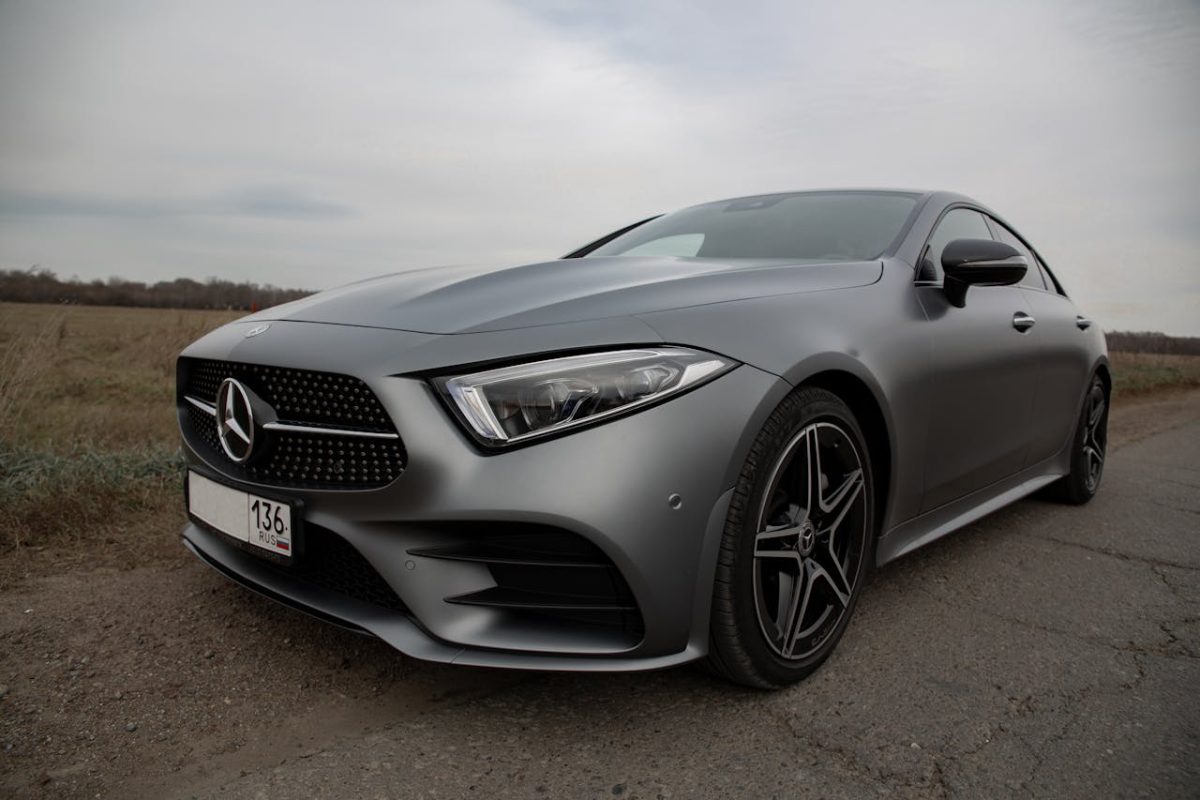
The types of window films available vary from place to place. This is because tint film manufacturers consider the climate or heat level of a certain region. Hotter areas like Arizona would require a different type than those used in colder places. So, before you decide on which tint film to use, it’s best that you evaluate your local window tinting laws, your local climate, and your budget.
At the most basic level, these are the common types of windows used on window tinting to help you decide on the best window tint that would be perfect for your vehicle appeal and your interior.
Dyed Window Tint
If you want something blocking UV rays, a dyed film is perfect for you! Dyed window tint has an opaque appearance, making it a good choice for improving privacy. It’s also important to note that dyed window tinting could be replaced over time.
Thanks to the use of dye, it absorbs solar heat and prevents some heat from entering your vehicle. It also has an opaque appearance, making it a perfect choice for increasing privacy. However, if you want maximum security, there are better film types than dyed window films on the market.
Besides its cost-effective price, some of the major benefits of purchasing dyed film are its non-reflective finish, which still produces the darkest effect possible. Additionally, it can block unwanted glare from bright lights as you drive.
Metalized Window Tinting
Compared to dyed window film, metalized window tinting uses tiny metallic particles to block UV rays, filter heat, and reflect it. The particles are embedded within the film layer and are almost invisible.
A few advantages of using this type of tint include a protective top coat that is scratch-resistant and efficient in glare reduction.
One major disadvantage to using metalized tint film for window tint is that it blocks the signal coming into and out of the vehicle.
Hybrid Window Tinting
This tinted film uses dye and metallic particles as its main components. Hybrid types of tint mix the benefits of the two we mentioned earlier, dyed film and metalized tint while reducing their negatives. This type of tint product is comprised of both dye and metal particles.
They offer the many advantages of the previous types while reducing the negative aspects. A common combination is the use of titanium metal and dark grey.
Carbon Window Tint Film
Admittedly, a carbon window tint can provide more advantages over other kinds of window tinting. For one, carbon tints have a unique matte finish, making them attractive to car enthusiasts. Its carbon window tint component obstructs around 40% of the radiation responsible for heating the interior.
A carbon window film can help keep cars cool and prevent upholstery from fading.
Ceramic Window Tinting
Those looking for high-quality window tinting can choose ceramic window tints that contain non-conductive ceramic particles. Though relatively new, ceramic window tints have proven their performance and expensive pricing.
This kind of ceramic tint film product has the ability to block up to 50% of heat without reducing visibility. This tint provides heat reduction; though metallic window tinting offers similar heat shielding benefits, it can affect electronic equipment — making ceramic window tints a more effective alternative than a non-ceramic type.
Crystalline Tinting
If your main goal is to tint your car windows without making them dark, then crystalline window tint is the perfect choice. It will look like there is no tinting at all. The crystalline window film will block ultraviolet radiation and solar heat. You won’t need any dark films if you don’t like them. These films are metal-free. This results in an easy-to-maintain film that won’t interfere with car electronics.
Why Car Window Tint is A Great Idea?
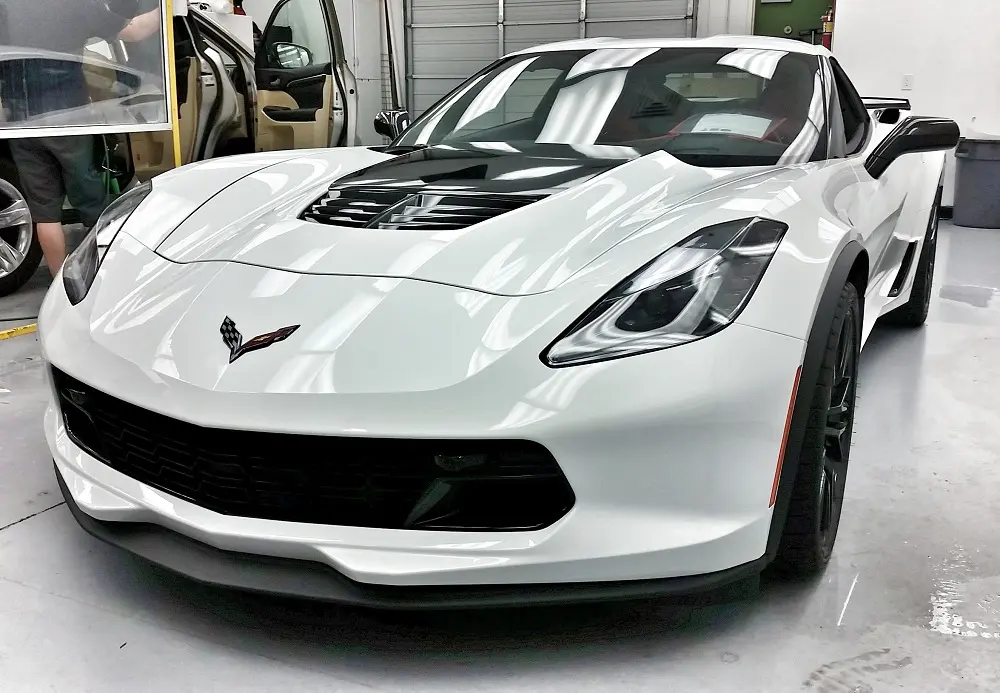
Car owners have their own reasons for purchasing high-quality window films and tinting their cars. It may range from wanting to reduce the number of harmful UV rays, preventing the heat from entering, and affecting the inside of their cars to safety reasons. Regardless of the type of film, here are some of car tinting’s most common benefits!
No Harmful UV Rays
The glass used on vehicle windows already has UV protection, but it’s usually the most basic kind, meaning there are still chances of UV rays coming in through your window. There are usually two kinds of UV rays that contribute to the risk of skin cancer, UVA and UVB, both of which have different wavelengths. While most windows can block UVB, UVA can actually go through them, and it doesn’t help that 9% of the radiation that reaches us is UVA.
With the help of good quality car window tinting, your UVA blockage increases. Protection from UV radiation matters most, especially if you live in hot regions such as Arizona. The state’s temperature often goes as high as 120 degrees during summer, eventually making tinted films necessary.
Added Safety & Security
Most car owners cite the need for better privacy as one of the main reasons they tint their vehicles. The fewer people see through your windows, the more you avoid the chances of having something stolen. Privacy glass or commercial tint ensures that no outsider can see the inside of their cars, but it is only used on specific types of windows.
Besides improving privacy, certain window tinting films can strengthen your window’s shatter resistance! In case of theft or accident, the film will act as a bind, holding shattered pieces of glass together. Tint films guarantee that everyone inside your vehicle will be protected during the worst-case scenario!
Keeps Your Vehicle Fresh-looking
Not only does tinting keep your car looking great outside, but it also does the same thing inside! Cars in great condition generate great value, and one way of keeping your car looking good is having it professionally tinted!
Besides giving your vehicle a fresh look on the outside, tint films can also prevent your upholstery from fading. Heat and UV rays can lead to leather seats and other upholstery fading over time, but because tinting films generally have heat and UV protection, your car will look as fresh inside as it does outside! It won’t fade over time, just like that.
Heat and Glare Rejection
Another common reason for tinting is to keep cars cool. In regions like Arizona, where heat is a part of most people’s lives, it’s important for them to keep themselves cool whenever they’re out and about during the day.
But air conditioning costs a lot of fuel, so most people install tint films that focus on heat and UV rejection to lessen their use! With tinting installed on their windows, they can enjoy driving more without spending more.
Contact Us!
Our expert window tinting and paint protection film services in Mesa, Tempe, Gilbert, and the surrounding Arizona metro area will keep your car cooler, protect your loved ones from UV rays, and maintain its pristine condition.
